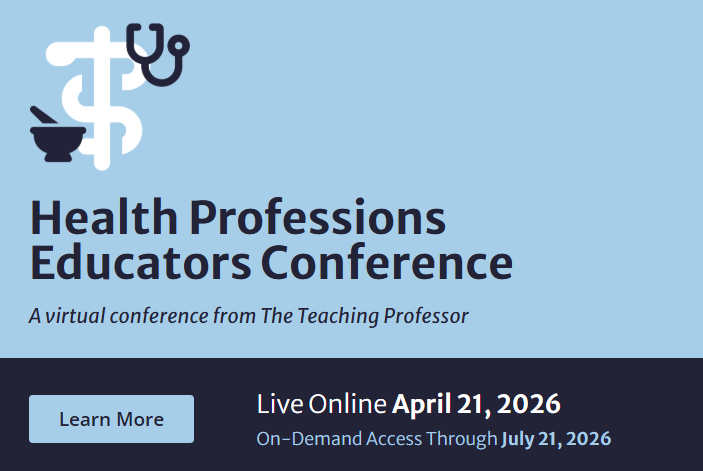Courses That Are Hard, but Not Too Hard: Finding the Sweet Spot
I have been doing some reading and thinking about hard courses. Courses need to be challenging, but when they become too hard, students stop trying and little learning results. So how do we find that sweet spot between hard and not too hard? More importantly, how do we create that sweet spot in our own courses through the decisions we make about content, assignments, and exams?



